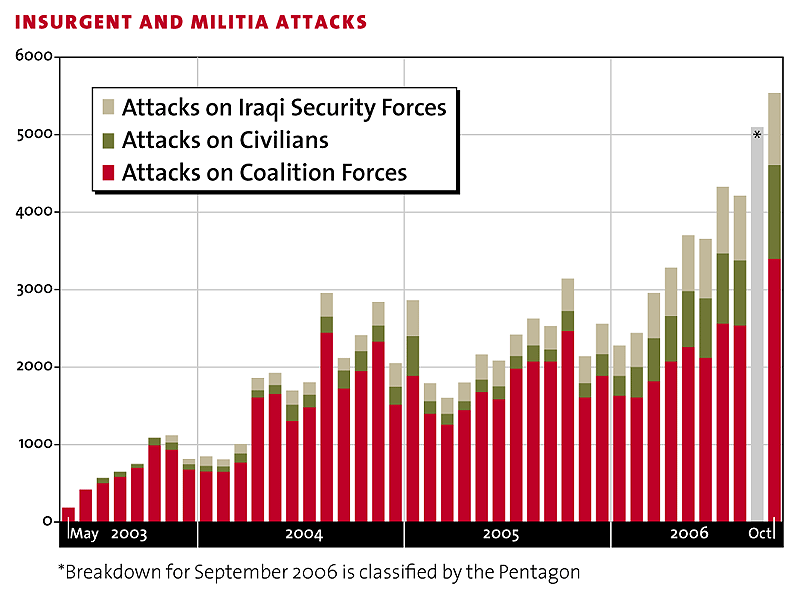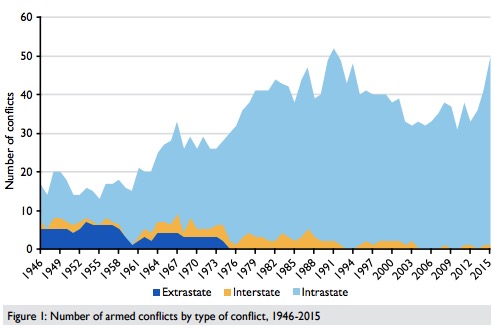


In terms of UK military deaths, a review of deaths during the War on Terror (between and ), based on data from gov.uk and Statista, shows that – of a total of 634 UK service personnel killed, some 273 were attributed to IEDs. Omitting incidents where the IED type was not reported, US service personnel, when killed by IEDs, were killed by roadside bombs (73%), suicide bombs (16%), and car bombs (11%). This means that, proportionally, troops were most likely to be killed by an IED aged between 22-29 (compared to 18-21 and 30+).

The average age of US combatants killed by IEDs was 26. This means that 48.7% of total military deaths between the 9th September, 2011 and the 9th October, 2020 were attributed to IEDs in Iraq, 52% of forces killed died from IEDs, in Afghanistan it was 48.2%. In total, 1,790 troops died from IEDs in Iraq and 828 Afghanistan.

In the US case, data collected from ‘Honor the Fallen’, a database created by the Military Times, shows that, of the 5,413 US soldiers killed on operation, where the cause of death was known, some 2,640 were killed by IEDs.Ģ,591 of these were male, 48 were female. It works out as a stark average of 11 civilian casualties being killed or wounded per incident. In other words, for every soldier or police officer harmed by an IED almost four civilians were wounded or killed. In terms of armed actor casualties, this report also examined the ways in which US and UK soldiers were killed during the war on terror. This is compared to 35,063 armed actors and security personnel who have been killed or injured. Some 136,669 of those casualties from IED attacks were civilians. What the data shows is that amongst the victims of a decade of IED attacks are far more civilians than military or security forces personnel. This means that, compared to a total number of all explosive incidents, IEDs constituted 42% of all recorded and reported injurious explosive attacks (AOAV does not include attacks that harmed nobody). In that time there were reported some **11,971 IED **incidents worldwide. 48% of all people killed or injured by explosive weapons globally, then, were harmed by IEDs. Of these, 171,732 people were recorded as being from IEDs – a number that includes both civilians and armed actors. Over the last decade – between October 2010 and the end September 2020, there have been **28,729 incidents of explosive violence, resulting in 357,619 **casualties (263,487 civilians) recorded in English language media worldwide. With the sole exception of the year 2017, IEDs have been responsible for more civilian deaths than any other explosive weapon type in each and every year in the last decade.


 0 kommentar(er)
0 kommentar(er)
